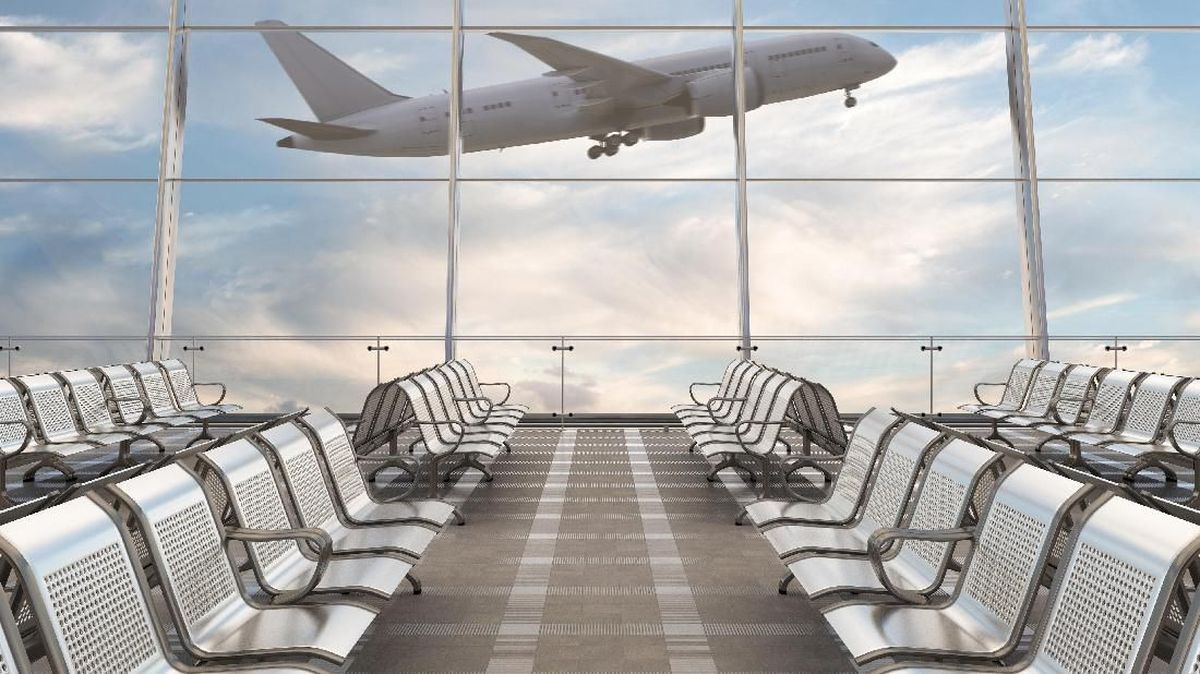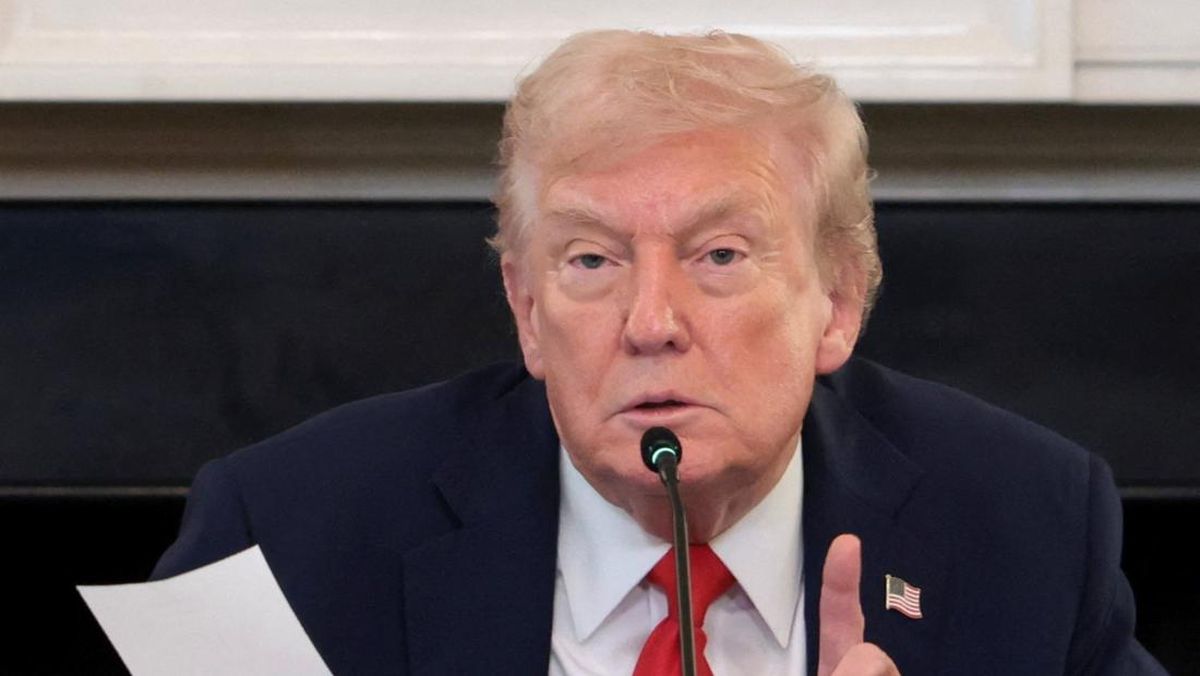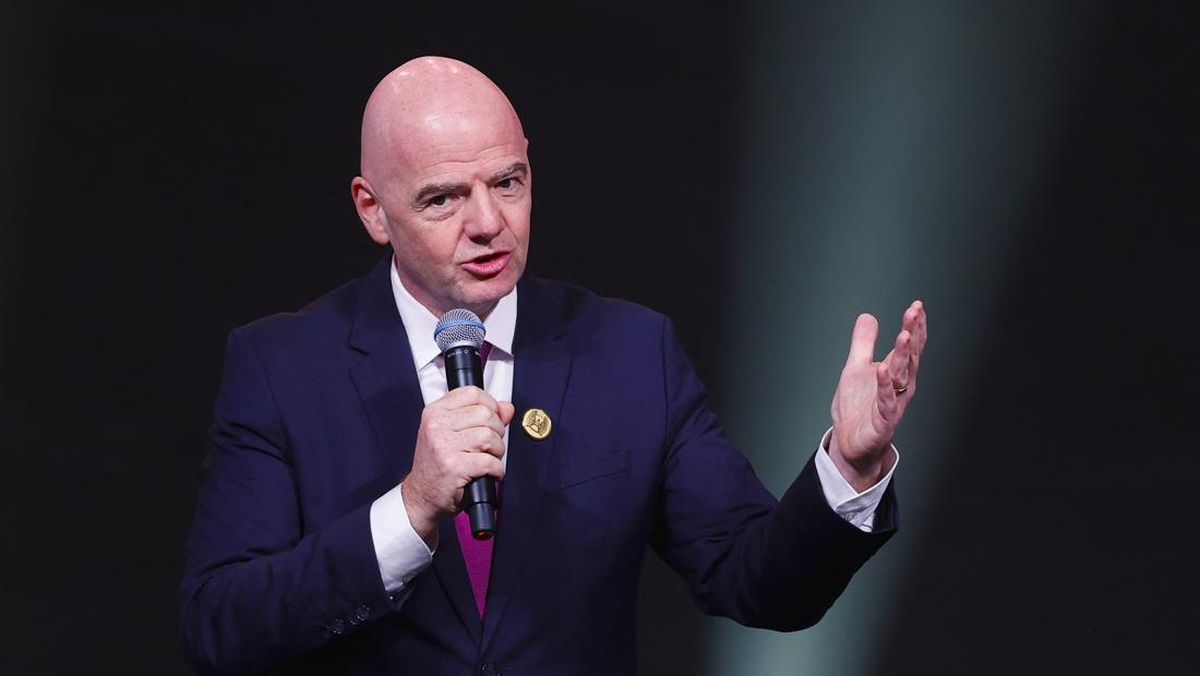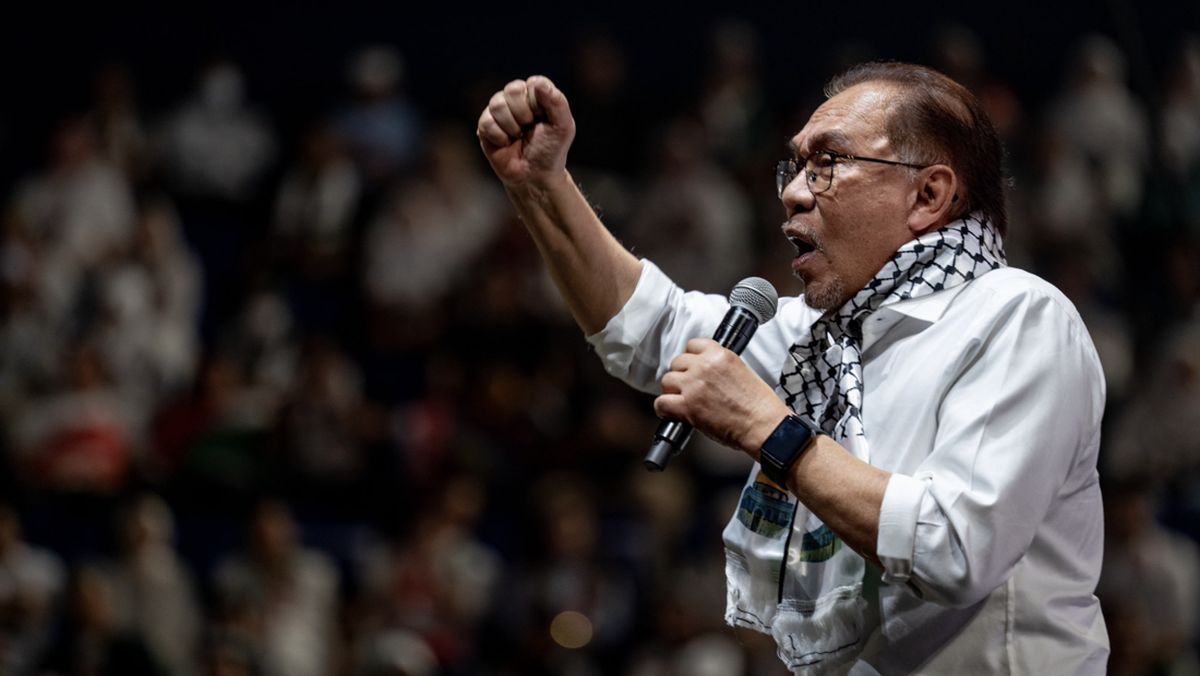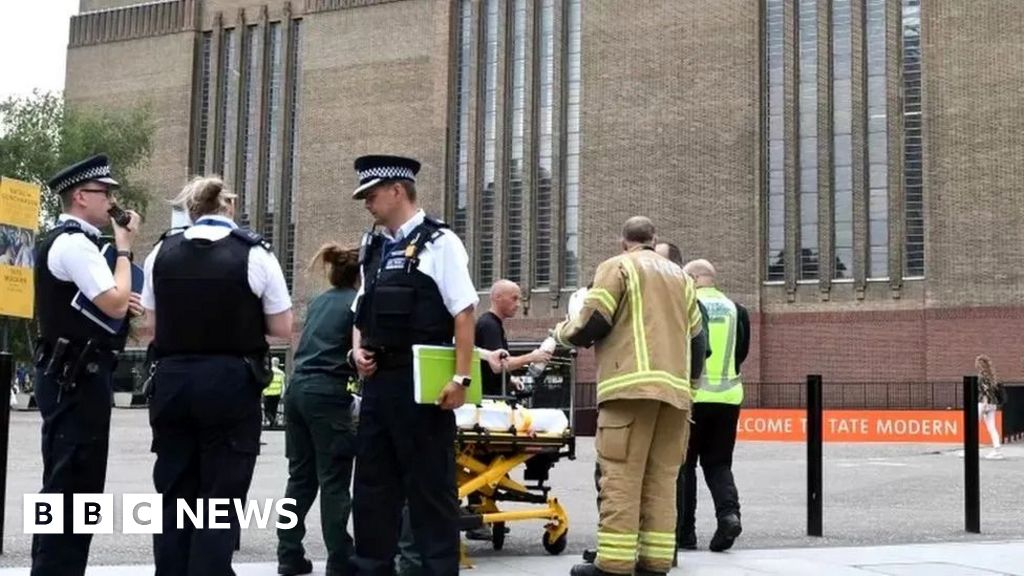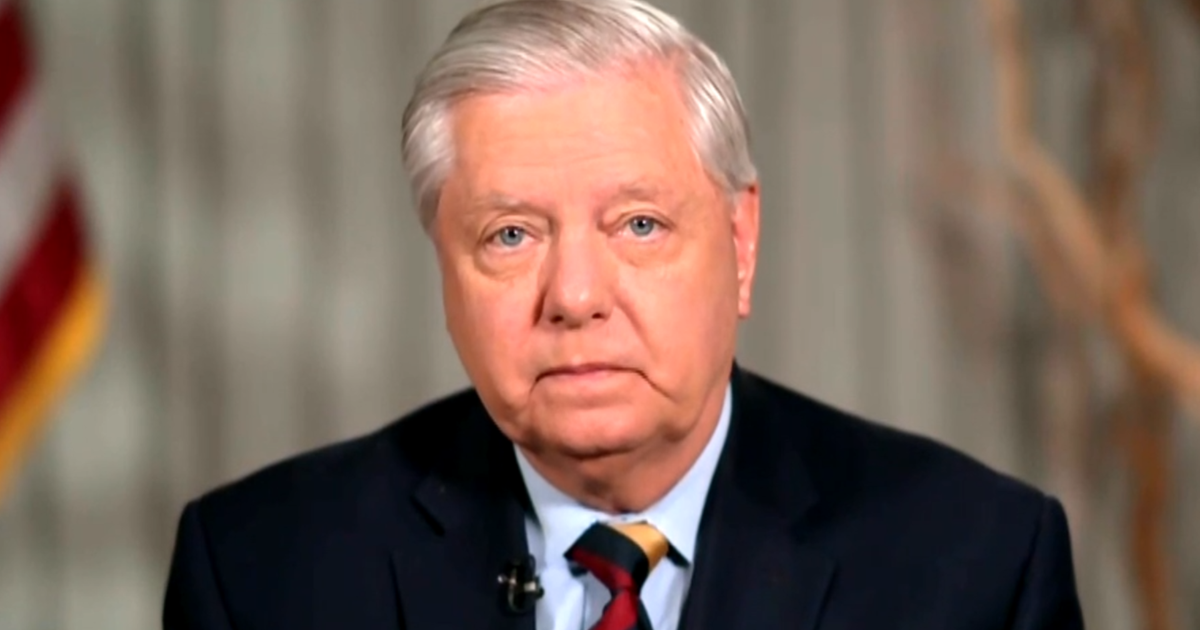October 27, 2025 — 5:00am
Thailand’s flag carrier generated much excitement earlier this month when it announced a lie-flat premium economy seat under the name “Premium Economy Plus”. The announcement came with little fanfare – initially only via the airline’s Facebook page - with the promise of “spacious seats, generous legroom, and exclusive services throughout your journey.”
That sounds like the answer to travellers’ prayers, but it’s a promise with strings attached. Launching on October 26, Premium Economy Plus seats will only be available on select flights between Bangkok and Chennai, Dhaka, Hyderabad, Jakarta and Kathmandu.
The lowdown on Premium Economy Plus seats
These Premium Economy Plus seats are not a new design. Thai Airways has recently acquired three ex-Virgin Atlantic Airbus A330-300s. VA flew these aircraft with lie-flat business class seats and this is what Thai Airways is promoting as its Premium Plus seats.
These are Zodiac UCS3 recliner seats arranged in a herringbone pattern in a 1-1-1 configuration. Seat width is 20 inches, recline is 42 degrees and it manually converts to a fully flat bed. There’s an 11-inch (28 centimetre) HD touchscreen display, a folding shelf for drinks and a small open compartment for personal items. The Zodiac UCS3 made its debut a decade back and they’re well short of what a business class audience would expect today. Some flyers have labelled these “coffin” seats, but as lie-flat seats they’re likely to appeal to premium economy flyers, provided the price is right.
There are still a lot of questions over how the pricing for these seats will work or when they’ll become available to book. Early indications are they won’t be much less expensive than a proper business class seat with Thai.
Will other airlines introduce lie-flat seats in premium economy?
It seems highly unlikely. One reason, offering a 1-1-1 configuration in premium economy class on a wide-body jet is going to give airline revenue managers a heart attack. Most airlines operate their premium economy class on wide-body aircraft in a 2-3-2 configuration, and a loss of four seats per row is not a viable option. Another reason, airlines know that the appeal of business class is largely due to the lie-flat seat. Putting that seat into premium economy cabins would undermine the appeal of their highly lucrative business class, and that’s not going to happen.
The flight routes on offer for Thai’s Premium Plus are fairly short - less than four hours. That’s not the sort of flight time with high demand for a lie-flat seat. So why isn’t Thai Airways offering Premium Plus on its long-haul flights to Australia or to Europe, where a lie-flat bed has real appeal? Because that would threaten its lucrative business class offering.
Segmentation of cabin classes
The appearance of a lie-flat premium economy seat is another example of the segmentation that has crept into air travel since the 1980s. Until the late 1970s airlines typically divided their cabins into first and economy classes. Business class made an appearance in 1979, first in Qantas and British Airways cabins, followed by premium economy in 1992, introduced by Eva Air under the name “Economy Deluxe Class”. Shortly after, the concept of “Economy Plus” or extra legroom seating quietly took root in economy class cabins.
Over the same period airlines have been shifting gears, introducing greater comfort into their premium classes and moving the lines that once separated them. A business class seat aboard Qatar Airways or Singapore Airlines is better than a first-class seat of two decades ago. A premium economy seat on a leading airline today puts an early model business class seat in the shade. Only the economy seat remains largely unchanged.
As airline seating has been customised, airfares have splintered. Dynamic pricing, which sets the price according to supply and demand, and seat-map merchandising make micro-segmentation profitable. If you’re sitting in the middle seat in a row of three in an economy cabin, or beside another passenger in a business class seat, it’s likely that no one has paid the same fare as you.
Another example of segmentation, as legacy carriers have tried to shield their market share from predatory low-cost carriers, has been the concept of unbundled fares. Fly on an unbundled business class fare and some of the privileges – the enormous baggage allowance, the generous loyalty points and status credits, the ability to change or cancel a flight with minimum penalty – either disappear or shrink. In economy class, an unbundled fare might come without any baggage allowance, no loyalty points and no seat selection.
Where a lie-flat premium economy seat fits into this spectrum is hard to say but it’s probably an outlier. Neither the concept nor the price make much sense. Much as we might dream of a lie-flat seat in premium economy, it’s unlikely to happen outside these Thai Airways flights. The Airbus A330-300s the airline has acquired from Virgin Atlantic have an average age of 15 years. When they finally reach the end of their working life, that’s the end of the dream. Lie-flat seats in premium economy are a comet flashing across our night sky, desirable but unattainable, and never destined to make an impact.
Sign up for the Traveller newsletter
The latest travel news, tips and inspiration delivered to your inbox. Sign up now.
Michael Gebicki is a Sydney-based travel writer, best known for his Tripologist column published for more than 15 years in Traveller. With four decades of experience, his specialty is practical advice, destination insights and problem-solving for travellers. He also designs and leads slow, immersive tours to some of his favourite places. Connect via Instagram @michael_gebickiConnect via email.

